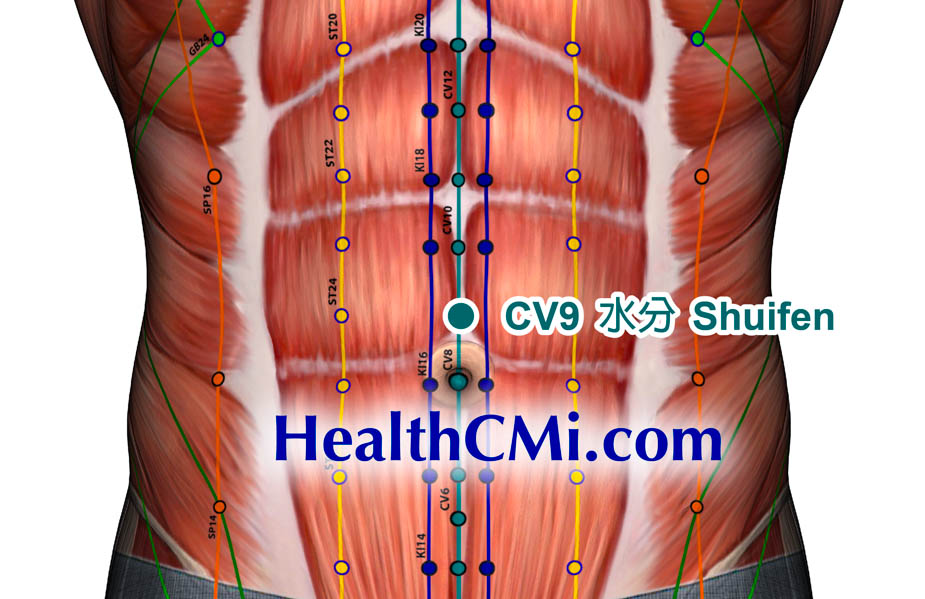
Acupuncture is effective for the treatment of acute exacerbations of chronic obstructive pulmonary disease (AECOPD) accompanied by gastrointestinal dysfunction. A clinical trial conducted by researchers at Chengdu University of Traditional Chinese Medicine involving 100 AECOPD cases compared the effectiveness of enhanced pharmaceutical care with electroacupuncture plus drug therapy. The results of the clinical trial revealed superior patient outcomes with electroacupuncture. [1]
In this trial, the efficacy parameters comprised the GSRS score (a clinical rating scale assessing gastrointestinal symptoms in individuals with irritable bowel syndrome and peptic ulcer disease), procalcitonin (PCT), C-reactive protein (CRP), and the oxygenation index (PaO2/FiO2). At the conclusion of the study, both groups exhibited reductions in GSRS scores, PCT levels, and CRP levels, as well as an increase in PaO2/FiO2. The electroacupuncture group displayed more pronounced changes, indicating a more significant improvement in both quality of life and gastrointestinal symptoms compared to the control group.
From July 2021 to May 2022, 100 cases of AECOPD accompanied by gastrointestinal dysfunction were recruited to partake in the study. They were randomized into a routine pharmaceutical care control group and an electroacupuncture group, with 50 patients in each group. Three cases of electroacupuncture dropped the study.
In the control group, 41 patients were male, and six were female. Patient ages ranged from 51–83 years, and the mean age was 68 ±9 years. The course of condition was from 1–30 years, and the average course of condition was 9.3 ± 8.9 years. In the electroacupuncture group, 45 patients were male, and five were female. Patient ages ranged from 47–84 years, and the mean age was 68 ±9 years. The course of condition was from 1–25 years, and the average course of condition was 8.6 ± 5.2 years.
All patients suffered from shortness of breath, increased amounts of phlegm, fever, and coughing. Patients' C-reactive protein (CRP) and procalcitonin (PCT) levels were elevated. Accompanying symptoms included indigestion, hiccups, nausea, vomiting, diarrhea, constipation, bloating, and gas. The participants' scores on a gastrointestinal symptom rating scale (GSRS) were above 14 points, and those with severe diseases of the heart, brain, kidneys, and central nervous system, poorly controlled diabetes, and coagulation dysfunction were excluded from the study.
Patients in both groups received nebulized inhalation with low-concentration oxygen (2-4 L/min), short-acting β2 agonists (SABA), or short-acting antimuscarinic agents (SAMA) combined with inhaled corticosteroids (ICS) as supportive treatment. Antibiotics were chosen based on the patient's condition and laboratory results.
For the pharmaceutical drug control group, montelukast tablets (brand name Singulair) were administered three times daily for 15 consecutive days. Montelukast is a leukotriene modifier that prevents leukotrienes from receptor binding. Leukotrienes are pro-inflammatory molecules that are released from masts cells and cause bronchoconstriction.
For the electroacupuncture group, patients were advised to take a supine position. The following acupuncture points were given needling treatment:
- ST36 (Zusanli)
- SP9 (Yinlingquan)
- CV12 (Zhongwan)
- CV9 (Shuifen)
- ST25 (Tianshu)
- LU5 (Chize)
- LU7 (Lieque)
0.25 mm × 40 mm acupuncture needles were sterilized and inserted. For the Lieque acupoint, the needle was inserted obliquely with an insertion length of 3–5 mm. The rest of the acupoints all received perpendicular insertion at a length of 10–15 mm. Mild reinforcing and attenuating manipulation was utilized. Upon obtaining a deqi sensation, an electroacupuncture device was linked to the needle ends. An intermittent wave (2 Hz) was used. The treatment lasted for 30 minutes per session and was conducted daily for five days.
About COPD
The results indicate that electroacupuncture is an appropriate intervention for COPD patients, especially with AECOPD. COPD refers to a group of diseases that involve blockage of airflow and problems with breathing. Symptoms of COPD are shortness of breath, difficulty with deep breaths, coughing, wheezing, and excess phlegm. COPD is the fourth leading cause of death in the USA and affects approximately 16 million individuals. Risks associated with the development of COPD include smoking tobacco, air pollution, a history of respiratory infections, genetic predisposition to COPD, and exposure to harmful chemicals.
Reference:
[1] Hu Xiangyun, Li Yihao, Li Hao, Li Ning, Randomized Controlled Trial of Electroacupuncture Treatment for Acute Exacerbation of Chronic Obstructive Pulmonary Disease with Concomitant Gastrointestinal Dysfunction, Chinese Acupuncture & Moxibustion, March 2023.


